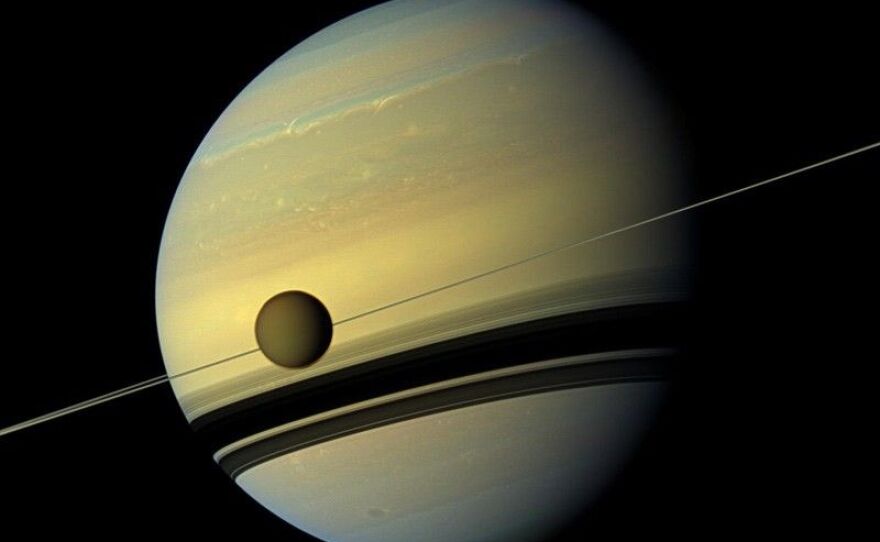Saturn Made Easy: Saturn is a stunning sight through any telescope with more than 30x magnification—something photos can’t quite capture. It’s usually hard to spot, dimmer than Jupiter or Venus and less colorful than Mars, but now is the perfect time to see it. Saturn is closest to Earth and visible just below the Moon. Its famous rings, currently angled edgewise—a rare view that happens only every 15 years—appear as a straight bright line across the planet. Finding Saturn is easy: just look for the Moon.

Play Live Radio
Next Up:
0:00
0:00
Available On Air Stations






